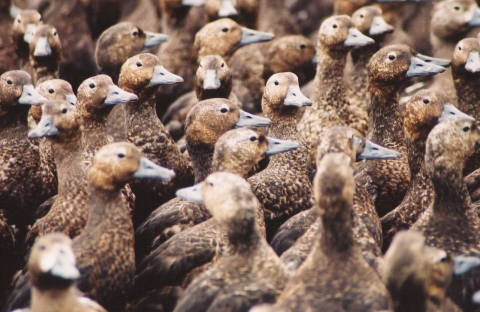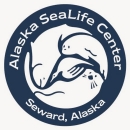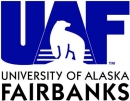Izembek National Wildlife Refuge has a long history of banding the Steller’s eiders that arrive in the lagoon in the fall to molt (see molt phase below, breeding plumage above). In recent years, Izembek staff have worked with researchers at the Alaska SeaLife Center, the University of Alaska Fairbanks, and other partners to better understand why these birds might be declining in Alaska. To do this, researchers characterize the habitat conditions of Izembek lagoon and the body condition of Steller’s eiders compared to data that were collected prior to the observed declines in eider numbers. Study results will be valuable in understanding lagoon conditions that also impact large numbers of migratory marine birds along the Pacific Flyways, habitat conditions for sea otters and other marine mammals, and environmental change in coastal lagoons rich with biological resources for local communities and fisheries. This project engages strong partnerships among researchers, resource managers, and local communities involved with coastal marine resources in the area.
Monitoring, Research









